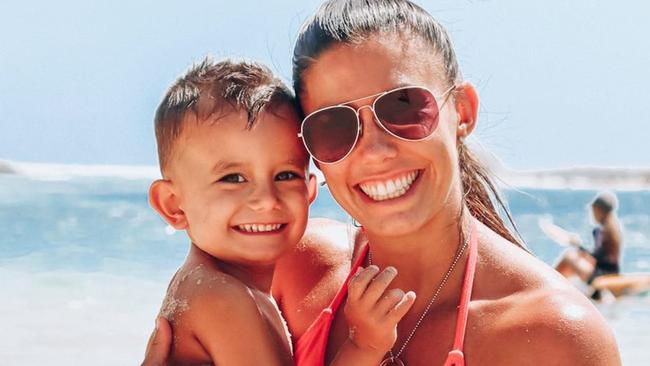
When I answered, there was no one on the other end, and I assumed that it was a pocket dial or one of her kids playing with her phone.
A couple of hours later, the police came to tell me that my grandchildren, Aaliyah, Laianah and Trey, had been awfully murdered by the person who was supposed to love and protect them.
Hannah had survived his cowardly attack, but would succumb to her injuries later that day. Her last act of resistance was to reach out for her dad. But she couldn’t talk to me.
In so many ways, that desperate final phone call is a metaphor for what happens to victims of coercive control.
It’s more than taking away the credit card from a spendthrift stay-at-home wife, as suggested by Karen Espiner in her hypothetical scenario (“Coercive lens can blur the picture for victims of violence”, 23/1). Coercive control is about taking away the person’s voice, and ultimately their identity. That’s how control is truly exerted.
Like water torture, it’s a steady drip, drip, drip of tricks and manipulation that leaves the victim entirely at the mercy of their tormentor. And, as we discovered almost four years ago, the psychological torment frequently ends in physical harm.
In fact, since we have been swept up into a world we never knew about, my wife Sue and I have come to learn that the path from coercive control to homicide is both well worn and entirely predictable. It’s so predictable, in fact, that researchers and law enforcement officials are now able to foresee the harm, based on the red flags of coercive control.
In Hannah’s case, there were too many to count. Yes, they included financial control, but it was so much more. Coercive control included dictating what she could wear, who she could spend time with, her social media accounts, tapping her phone, tracking her car.
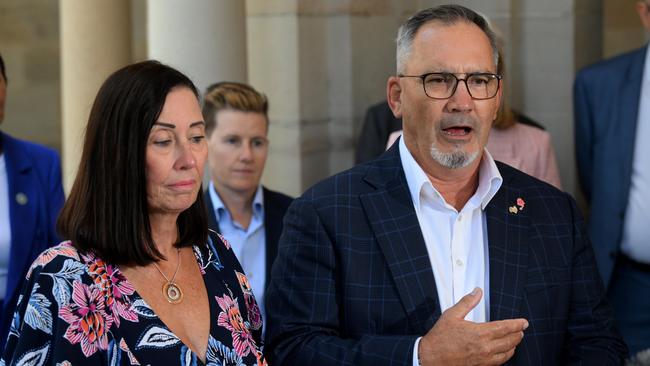
Her killer threatened self-harm if she didn’t give in to his demands. He asked friends to spy on her. He isolated her from our family. He snatched Laianah and took her out of the state.
None of these actions in isolation could reasonably be considered a sign of impending murder. But when they are viewed as a concerted pattern of behaviour, the warning is very clear. That’s why stand-alone coercive control laws are a vital important part of the legislative shield against domestic and family violence.
I concur entirely with Karen Espiner that coercive control laws are designed to “capture allegations that are, objectively speaking, less serious”. That is entirely the point. It’s about putting an end to a pattern of behaviour before it escalates. The alternative is to wait for an offence that is far more grievous – serious assault or cold-blooded murder.
So my message to politicians is not to be deterred from this important work. Sue and I congratulate the NSW and Queensland parliaments for acting on the issue (and of course Tasmania for being in front already).
We urge the other states and territories to come on board, especially those that believe they don’t need coercive control laws. This is not a problem that is confined to state boundaries. Sadly, it’s rampant across our nation.
We know legislation alone won’t completely stop coercive control. But we hope that, combined with greater understanding of the red flags and how to react to them, dedicated laws will give victims back the voice that has been taken from them.
Lloyd Clarke is the co-founder of the Small Steps 4 Hannah Foundation. For domestic violence support contact: 1800 RESPECT 1800737732



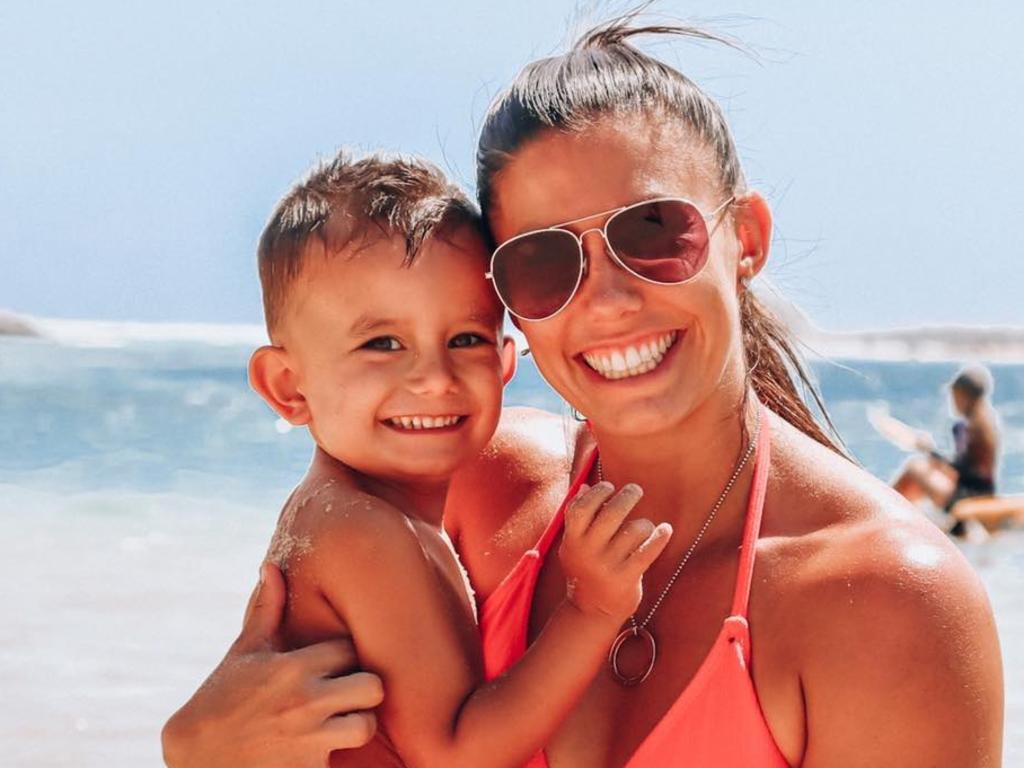
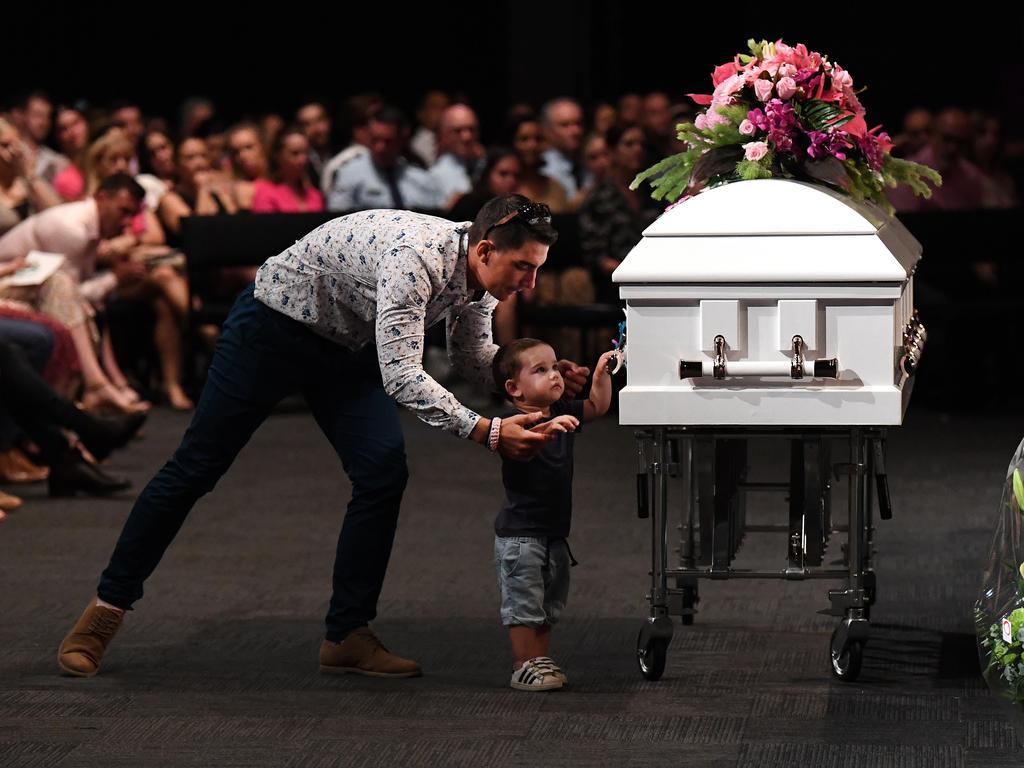
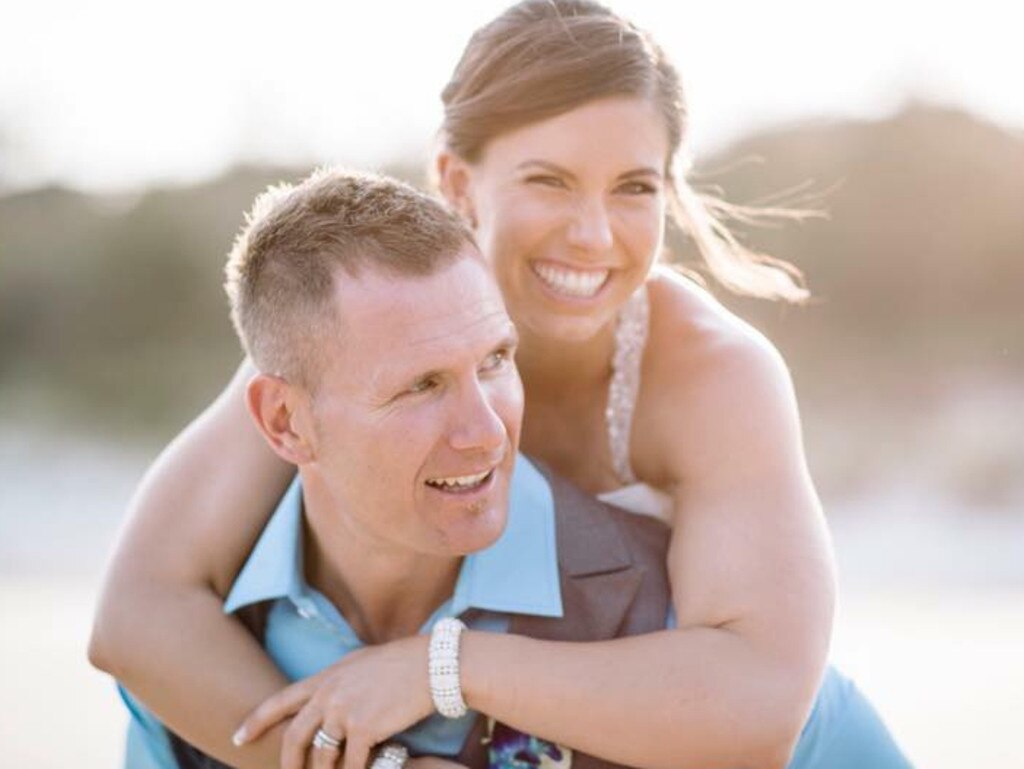


In what were to be the final moments of her life, my daughter Hannah phoned me. It’s a call that will haunt me until the day I see her again.